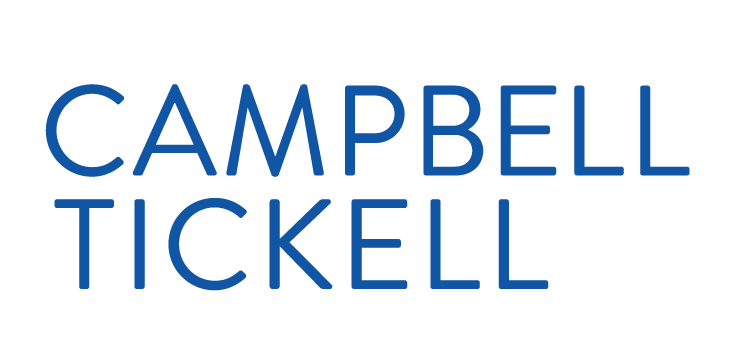Making the most of a global talent pool
The move to remote working for one property manager, means the organisation can employ the best candidates – regardless of where they live
As a digital start-up, Plentific was already well placed to adapt to the new working environment brought about by Covid-19. But instead of battening the hatches and trying to ride out the storm, the online property management platform blossomed over the course of the pandemic, nearly doubling its staff headcount from the 120 it had in March 2020.
Crucially, these new recruits have joined a business that now operates what its founder Cem Savas describes as a ‘Remote First’ model. For the company, this has enabled it to massively widen the pool of talent from which it can recruit. The 100 new hires the business made in 2020 were all recruited on a ‘Remote First’ basis. As a tech business, where the competition for talent is intense, this gives it a real competitive advantage.
“Before Covid, we were looking for people close to an office, ideally,” says Savas. “Someone who was close was preferred to someone far away, just so they could meet team members and come to an office and learn and so on. The mind shift now, after having 100 hires last year, [is that] I don’t even know where people are located anymore. When I see a CV, I don’t look where they are – it just doesn’t matter as much anymore.”
International team
Plentific has two HQs, in London and Istanbul. Before Covid, its engineering team was centred on these two locations. Now, the team has 16 different nationalities based in 10 different countries. “It’s a huge change,” says Savas.
This change has come with some challenges as well. Onboarding new staff, for example, has become a more complicated and more costly process. There is also the welfare of staff to consider – something which Savas takes very seriously.
“You have to think about the wellbeing of your employees when they’re in an office versus being at home the entire time. There’s a lot of psychological difference [in terms of] what happens when you’re in your home versus when you’re in office, when you’re not commuting: are you getting out enough? Are you going on your walks? Or are you just thinking about your home as [being] 24/7 work? So, besides the technology, there’s also the HR part of this, where you have to consider how do you run a remote-friendly company with the support network that you need so people do feel [that there is] a difference between working and living at home.”

Cem Savas Founder and CEO, Plentific
“Before Covid, we were looking for people close to an office, ideally... just so they could meet team members and come to an office and learn and so on. The mind shift now, after having 100 hires last year, [is that] I don’t even know where people are located anymore.”
Measuring productivity
One of the other changes is how to assess productivity and output in a world where the lines between home and work have become increasingly blurred.
“This is a really interesting question,” answers Savas. “When you look at different teams, you get different answers around productivity. Purely looking at our code base – how many lines of code we write – productivity has gone up massively because [when you] enable people to work more efficiently at home, you spend less time commuting, you spend less time drinking coffees and all that, and engineers have done more productive work that way.
“If you look at other teams, when it comes to resolving creative issues around taking new products to market, some of these have been more challenging, because it does require you to connect at a human level with colleagues. From that perspective, productivity hasn’t been as strong. So, productivity, I think, also needs to be measured long term, not just short term.”
Supporting younger staff
There are ongoing questions that Savas is tackling around how to measure this longer-term productivity, particularly with a young staff who need to gain experience.
“Longer-term productivity also means looking at whether my junior team is learning enough to progress in their careers and become more productive because they’re trained properly. Do more junior staff meet directors and C-level people to look up to them to see the motivation, the drive, the hunger to create more productivity? So I’m not sure how to measure overall productivity properly, but my gut feeling is, it’s been very productive with some parts of the business, and less productive with other teams.”

